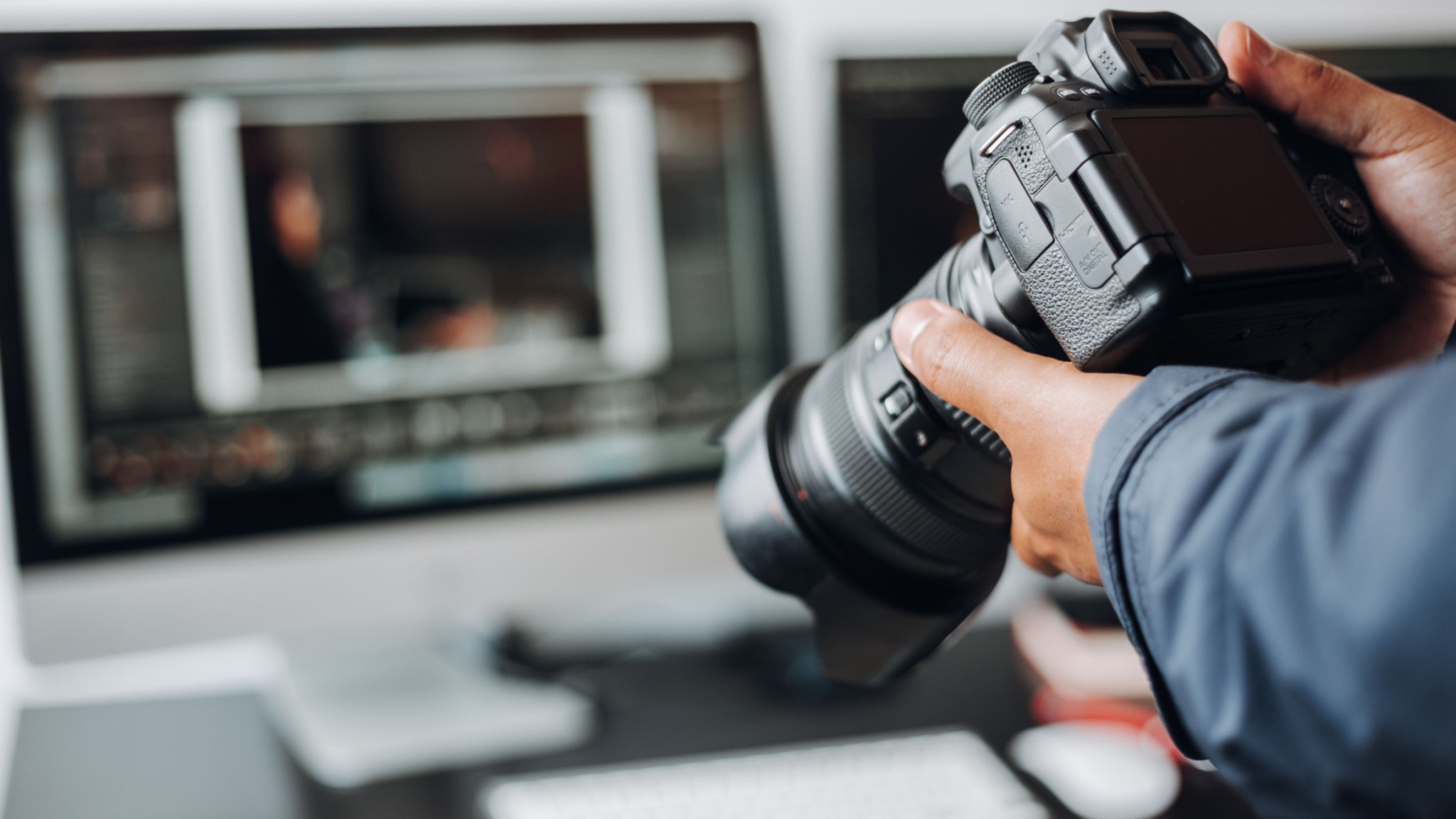How to Prepare for Your First Portrait Photography Session
Understanding Your Equipment
Embarking on your first portrait photography session can be both exciting and daunting. One of the first steps to success is understanding your equipment. Familiarize yourself with your camera's settings, including aperture, shutter speed, and ISO. These settings are crucial in capturing the perfect shot. Additionally, knowing how to adjust these settings quickly will allow you to make the most of the lighting and composition in any environment.
Investing time in learning about your lenses is equally important. The right lens can make a significant difference in portrait photography, affecting depth of field and image sharpness. A prime lens with a wide aperture, such as 50mm f/1.8, is often recommended for portraits as it provides a natural perspective and creamy bokeh.

Planning the Session
Preparation is key to a successful portrait session. Start by discussing with your client what they hope to achieve. Understanding their vision will help you plan the shoot effectively. Consider the location, time of day, and any props or wardrobe changes that may be involved. It's also a good idea to have a backup plan in case of unforeseen circumstances, like bad weather if you're shooting outdoors.
Creating a shot list can be incredibly helpful. This list will serve as a guide throughout the session, ensuring you capture all necessary images while allowing room for creativity and spontaneity. Consider including a mix of posed and candid shots to provide a comprehensive collection of portraits.

Lighting Techniques
Lighting is one of the most critical components of portrait photography. Natural light can be beautiful but also unpredictable. If you're shooting outdoors, aim for early morning or late afternoon when the light is softer and more flattering. Cloudy days can also provide excellent diffused lighting.
When natural light isn't available or sufficient, artificial lighting becomes essential. Understanding how to use flash or continuous lighting will significantly enhance your photos. Experiment with different setups like side lighting or backlighting to add depth and drama to your portraits.

Engaging with Your Subject
An essential part of portrait photography is connecting with your subject. Building rapport helps them feel comfortable and relaxed, resulting in more natural and engaging images. Spend some time at the beginning of the session talking to them to ease any nerves and encourage them to express their personality.
Provide clear and positive direction during the shoot. Simple tips on posture or facial expressions can make a significant difference in the final images. Remember to show them some shots as you go along; this not only boosts their confidence but also allows them to provide feedback.

Post-Session Review and Editing
After the session, take time to review your images. Evaluate which shots work best and why, noting any areas for improvement. This reflection is valuable for honing your skills for future sessions.
Editing is where you can truly bring your vision to life. Use software like Adobe Lightroom or Photoshop to enhance colors, adjust exposure, and retouch skin if necessary. While editing, strive to maintain a balance between enhancing the image and preserving its natural appearance.
Delivering the Final Product
Once you've edited the photos, it's time to deliver them to your client. Consider how they would like their images presented—digital downloads, prints, or perhaps an online gallery. Providing options adds value to your service.
Communication doesn't end with delivery. Follow up with your client to ensure they're satisfied with the results and encourage them to provide feedback. This interaction not only helps you improve but also strengthens client relationships, increasing the likelihood of referrals and repeat business.